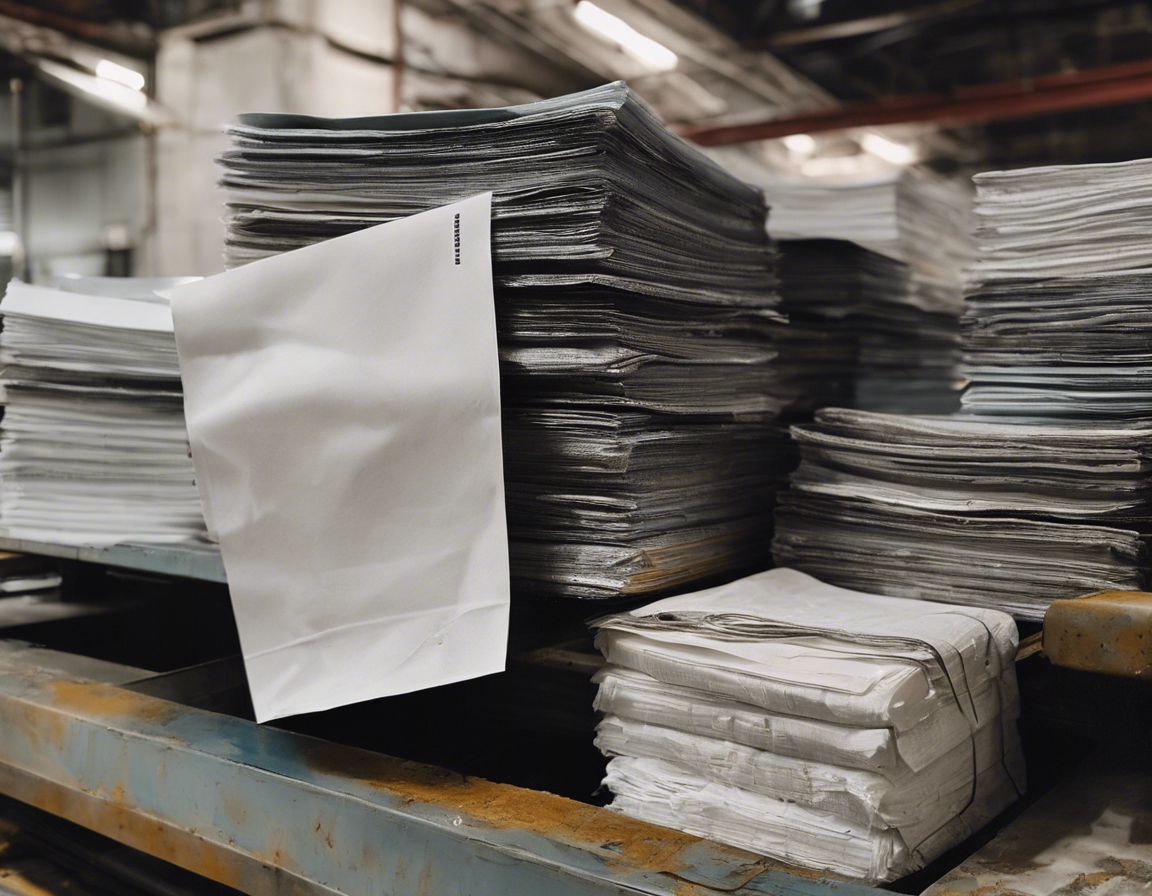5 eco-friendly cleaning techniques for your business
In today's world, sustainability is not just a trend; it's a necessary approach to preserving our environment for future generations. For businesses, adopting eco-friendly cleaning techniques is a step towards reducing their carbon footprint, ensuring the well-being of their employees and customers, and meeting the growing demand for green practices.
Conventional cleaning methods often involve chemicals that can be harmful to the environment and human health. These substances can contaminate water sources, contribute to air pollution, and pose risks to wildlife. Transitioning to eco-friendly cleaning techniques is essential for businesses that want to make a positive impact.
Technique #1: Green Cleaning Products
Green cleaning products are designed to be safe for the environment and human health. They are typically made from renewable resources, are biodegradable, and free from toxic chemicals. By using these products, businesses can ensure a safer cleaning process and improve indoor air quality.
When selecting green cleaning products, look for certifications such as EcoLogo or Green Seal. These certifications guarantee that the products meet strict environmental standards. Additionally, consider the product's ingredients and packaging to ensure they align with your sustainability goals.
Technique #2: Microfiber Technology
Microfiber is a synthetic fiber that is finer than one denier or decitex/thread, which makes it exceptionally effective at capturing dirt, dust, and microbes. This technology allows for cleaning with less water and chemicals, making it an eco-friendly option.
Microfiber cloths can be washed and reused hundreds of times, reducing the need for disposable wipes and cloths. They also provide a more effective clean, reducing the time and effort required for cleaning tasks.
Technique #3: Steam Cleaning
Steam cleaning uses vaporized water to clean, sanitize, and deodorize surfaces. The high temperature of the steam effectively kills bacteria, viruses, and mold without the need for harsh chemicals.
Steam cleaning is versatile and can be used on a variety of surfaces, including floors, walls, and upholstery. It's particularly beneficial in the hospitality sector, where high standards of cleanliness are essential.
Technique #4: Concentrated Cleaning Solutions
Concentrated cleaning solutions require less packaging and reduce the carbon emissions associated with transportation. By diluting concentrates on-site, businesses can minimize their environmental impact and save on storage space.
Transitioning to concentrates may require some adjustments, such as training staff on proper dilution techniques and investing in dilution control systems. However, the long-term benefits include cost savings and a significant reduction in plastic waste.
Technique #5: Water Conservation Methods
Investing in water-efficient equipment such as auto-faucets, low-flow toilets, and efficient cleaning machines can lead to substantial water savings. Additionally, implementing water-saving practices, like spot cleaning and using dry methods for floor maintenance, can further reduce water usage.
Creating a water management plan is crucial for businesses looking to conserve water. This includes regular monitoring of water usage, fixing leaks promptly, and educating staff on water conservation techniques.





Comments (0)